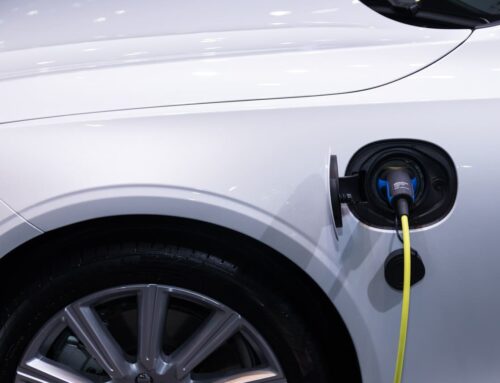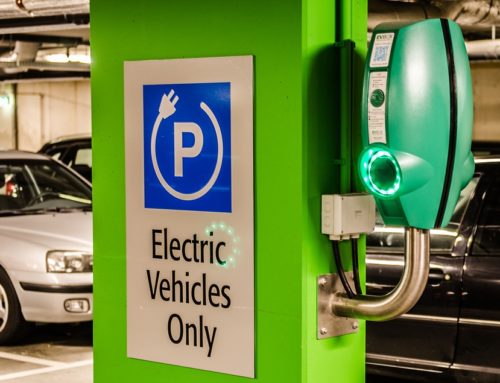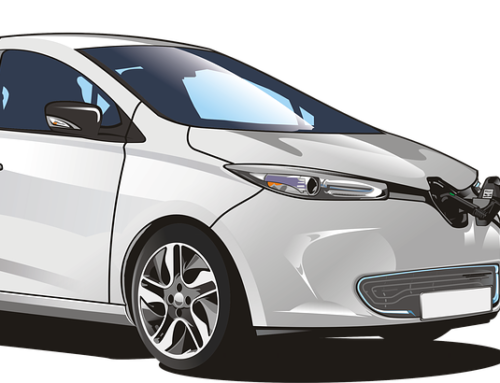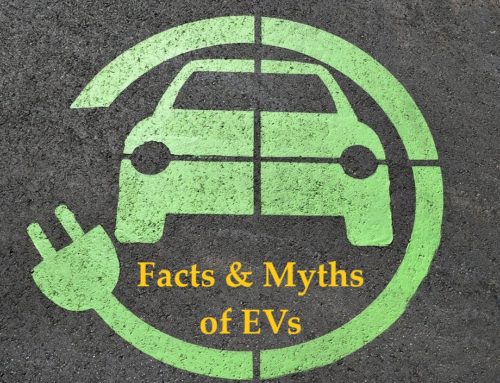Global emissions are rising continuously. Though electrical vehicles are now the hot topic of discussion they’re also on the agenda for tackling climate change. But what causes the large-scale deployment and how far EVs can take us to close the global emission gap are the real questions that need to be answered. The global sales forecast about EVs says 50% of the overall light vehicles will be electric by 2032.
Several factors show there’ll be a whole new world to see by 2050. Factors like existing electricity infrastructure, cost, and standard of public transport illustrate that the world’s fleet of passenger road vehicles will see a boom soon. Most of the vehicles on-road today will be transformed to 73% electric and 27% internal combustion.
What’s the Present Scenario Speaks about Global Emission Gap?
Transport accounts for 28% of the global energy demand today with road transport responsible for over 80% of that amount. 97.5% of passenger road vehicles are internal combustion whereas only 2.5% are EVs according to fact sheets. However, industry experts report that there will be around 4 million electrical vehicles deployed globally by the end of 2019.
Norway is leading the way in Europe to create a much bigger impact among the world’s largest countries. On the other hand, China is busy with investments in electric vehicle manufacturing. Over 60 billion US dollars have already invested by China in the last decade. As a result, there are more electric vehicles on the road in China as compared to the rest of the world. More than 100 manufacturers are operating in China to build next-gen electrical vehicles. As a result, Chinese businesses are now having their eyeballs on the export market. Other countries start to boycott internal combustion engines and embrace clean vehicle technology. Therefore, the Chinese seek some very good opportunity here.
Some Amusing EV Reports
Reports also say that the Chinese SAIC Motor Corp is planning to invest $350 million in India through MG Motor to scale up manufacturing of EVs. If this goes true, then the initiative will support the Indian government’s FAME scheme. Here the FAME stands for Faster Adoption and Manufacturing of Hybrid & Electric Vehicles in India. The sole aim of this scheme is to foster greater demand for electric vehicles and promote a greater supply of them in the future. As a result, it will allow India to reduce its carbon dioxide emissions and increase the overall efficiency.
China and many Southeast Asian countries have rapidly adopted this change and are expected that 90% of their two and three-wheelers will transform into electric vehicles by the end of 2030. The government-led awareness in connection with India’s FAME policy is fueling the move towards decarbonization. Therefore, many automobile manufacturers including Ford, Renault-Nissan, Volkswagen and more started prioritizing the electric vehicle push.
Defeating Obstacles for Wider Adoption
We are seeing the associated costs coming to down with the wide-scale adoption of electric vehicles and battery technology. According to reports by energy transition outlook 2019, electric vehicles will achieve cost parity with the internal combustion engine by the mid-2020s. And, this will make EVs even a more viable choice for consumers. EV technology is continuously evolving and something new is happening every next minute. Simultaneously, battery technology is also advancing intending to reduce global emissions.
China and Norway are setting them as examples where the government has played a key role in the mass adoption of electric vehicles. Industrial support is quite necessary in the case of commercial vehicles where batteries should be bigger and costs substantial.
So, What Do You Think? Is Global Emission Gap Reducing?
If we remain to stick to our current trajectory, then we’ll see a 2.4-degree Celcius rise in the temperature by the end of this century. Though electric vehicles are important electrification of transport by itself isn’t sufficient to stop the planet from warming. The transformation from fossil fuel-based vehicles to zero-emission vehicles is therefore not happening at the pace it should for satisfying the global objectives on global warming. Undoubtedly, decarbonization initiatives help slow this down. But we require an extraordinary policy action to ensure we reach 100% renewables as fast as possible.
No single action can prevent climate catastrophe. It’ll take a mix of extraordinary actions working together to close the global emission gap we want to see. We need implementation of strong policies to make the global emission gap omits completely and electric vehicles are just one of them.
What are your thoughts on this? Do let us know







Leave A Comment